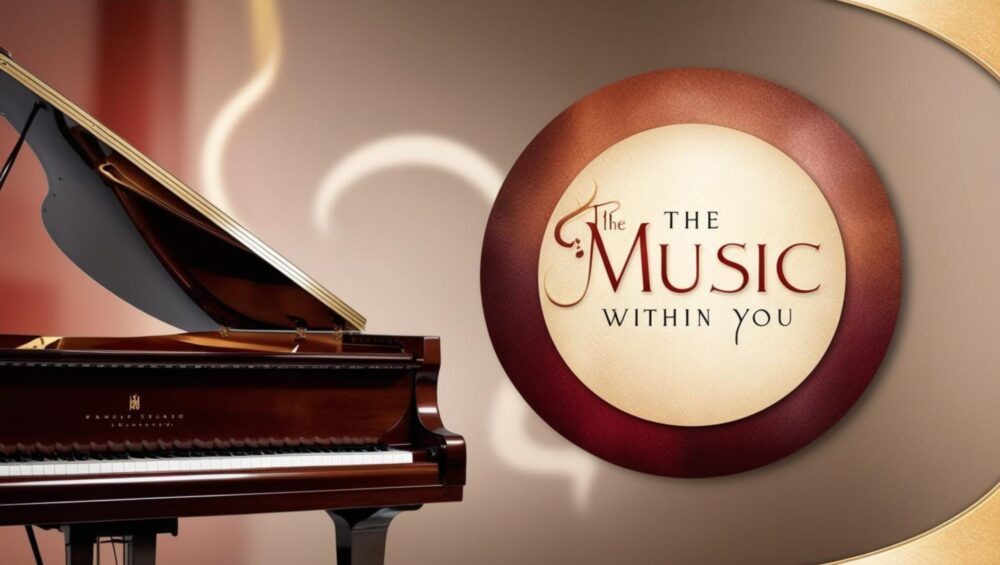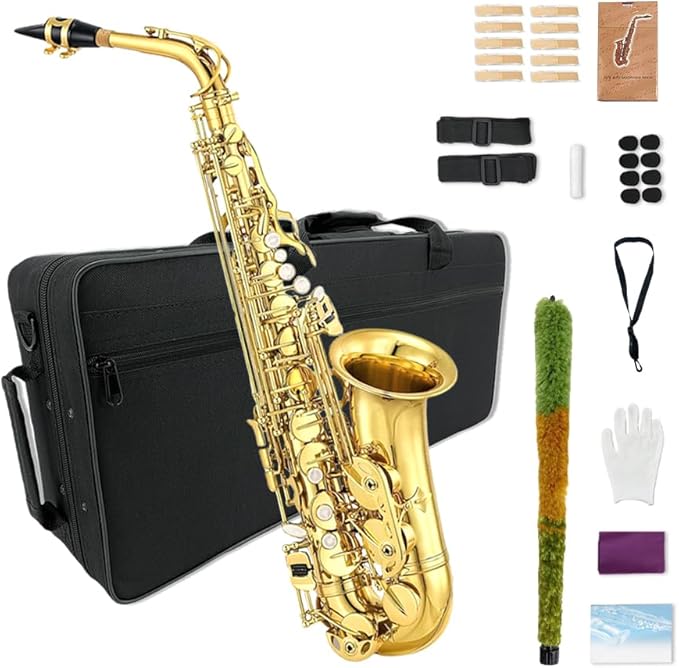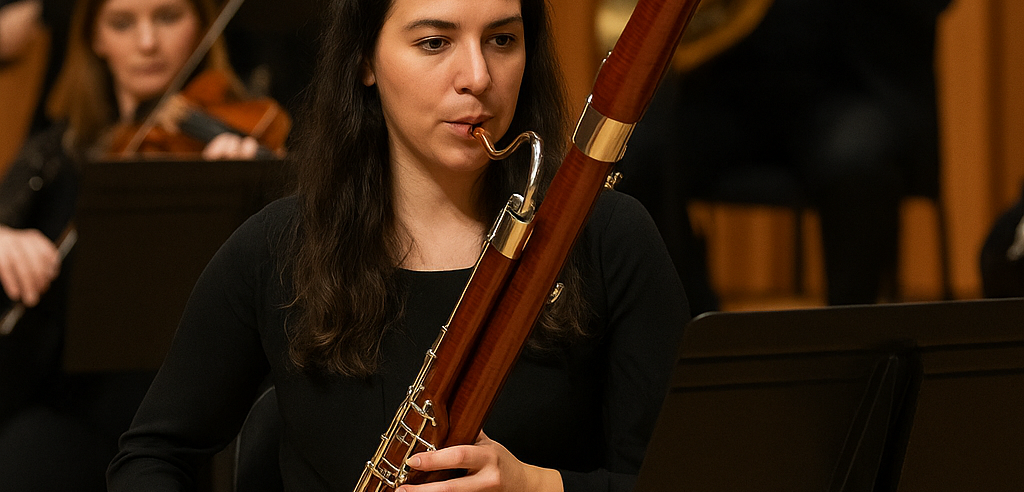When it comes to picking up a woodwind instrument, the choices might seem a bit overwhelming at first, but let me tell you, the saxophone doesn’t just look cool—it’s downright friendly to beginners. Unlike some other woodwinds, this instrument is straightforward and engaging for someone who’s just starting out.
Woodwind instruments flaunt a wide variety of shapes and sounds. From the delicate whistle of the flute to the deep hum of the bassoon, each has its charm. Yet, the saxophone stands out with its shiny, brass body and curvy shape. But beyond its flashy appearance, it’s the way a sax lets you jump into playing music quickly that makes it shine for newcomers.
Why is the saxophone a stellar pick for beginners? Imagine being able to make a pleasant sound without too much hassle. Many woodwinds require a delicate balance of breath control and finger precision to even get started. The saxophone, however, has a more forgiving nature, so that first note you play actually sounds quite nice! This means less frustration and more fun right off the bat.
As you think about starting your musical journey, consider what’s important to you. Ease of learning? Versatility in music styles? Or maybe you just want to jam with friends? The saxophone checks all these boxes, offering not just a great start in music, but a wide path to countless musical adventures.
Simplicity and Accessibility: The Saxophone’s Learning Curve
Getting started with the saxophone feels like a breeze compared to some other woodwinds. Its design almost feels intuitive to a beginner. The mouthpiece is shaped to fit naturally, meaning you can start producing sound relatively quickly—no need for weeks of silent practice!
When you pick up a sax, you’ll notice the keys are nicely laid out for your fingers, reducing the learning curve. While every new player faces challenges, the initial hurdles on a sax are lower, thanks to its accommodating design.
Part of the saxophone’s beginner-friendly nature comes from its scales. Many popular tunes and exercises fall neatly within its range, allowing new learners to taste success early on. This quick win is a big boost to motivation and can set the tone for an exciting musical journey.
In a side-by-side with other woodwinds like the oboe or clarinet, the saxophone often emerges as simpler for newcomers. Hate squeaky sounds? The reed on a sax is more forgiving, leading to a smoother sound that won’t leave your ears crying.
So, if you’re a young musician looking to play in band class or a curious adult hoping to add some tunes to your life, the saxophone offers a welcoming starting point. With its straightforward learning curve, it invites anyone to pick it up and play, making those first steps into music not just accessible, but wonderfully rewarding.
Cultural and Musical Versatility of the Saxophone
One of the coolest aspects of playing the saxophone is diving into its rich tapestry across countless musical styles. Whether it’s the soulful cries of jazz, the poignant melodies in classical pieces, or the rhythmic grooves in pop music, the saxophone is your ticket to exploring a world of sonic possibilities.
Think about jazz legends like John Coltrane or Kenny G’s smooth melodies. The saxophone has left its mark on almost every musical genre, which gives you the freedom to explore and innovate. Whether joining a school band or vibing with a rock group, this instrument has your back.

Being versatile means you can surprise folks with the range of sounds you can produce, from mellow ballads to electrifying solos. Imagine the air charged with your music at a small coffee shop gig or how your improvisation can elevate an ensemble performance. It’s these experiences that make playing the sax so uniquely thrilling.
Choosing a saxophone means saying yes to endless opportunities to collaborate and create. You won’t just play rehearsed notes; you’ll blend into harmonies, add rich textures, and even lead the melody when the moment strikes. This active role in music is something you won’t want to miss out on.
Getting Started: Tips for Choosing and Learning the Saxophone
Picking your first saxophone is a bit like finding that perfect pair of jeans—it needs to fit well and feel good. If you’re buying, consider starting with a student model. They’re designed for beginners, with easier key action and durability in mind. Renting is also a viable option, letting you try before committing fully.
Once you’ve got your saxophone, get comfortable with it. Familiarize yourself with its parts and how to assemble them. A little practice putting it together will make each practice session run smoother, helping you focus on what’s crucial—playing!
Finding a teacher can be a game-changer. Whether it’s online tutorials or in-person lessons, guidance from someone who knows the ropes helps massively. Teachers can offer personalized advice, correcting bad habits before they become ingrained. Plus, they can introduce you to exciting pieces that motivate you to keep playing.
Don’t forget the wealth of resources available. There are countless books, apps, and websites dedicated to beginners. These tools provide exercises that are both educational and entertaining, keeping practice sessions lively.
Lastly, connect with fellow saxophonists. Whether it’s joining a school band or connecting with local music groups, playing alongside others enhances skills and makes learning more enjoyable. Listening to their experiences and sharing your own not only fosters community, but inspires growth as well.
To make things clear for you, I am not saying that if you have your heart on playing the clarinet, the oboe or the bassoon, you should not pursue those instruments. I am just pointing out that the saxophone is a great woodwind instrument to start out with. Below are some points I made to why I believe the saxophone is a good starting instrument.
Why the Saxophone Is Easier to Play Than Other Woodwinds:
- Larger Mouthpiece: The saxophone’s wide, comfortable mouthpiece makes it easier to get a good sound compared to the smaller, tighter setups of clarinet, oboe, and bassoon.
- Simpler Fingerings: Saxophone fingerings are more logical and beginner-friendly than the complex patterns needed for oboe and bassoon.
- Reed Management: Saxophone reeds are tougher and easier to maintain than the delicate double reeds of the oboe and bassoon.
- Easier Air Support: The saxophone requires natural, steady airflow, while oboe and bassoon players battle heavy back pressure.
- Versatility Across Genres: The saxophone fits easily into jazz, rock, pop, classical, and marching band music, giving beginners more options to enjoy playing early on.






